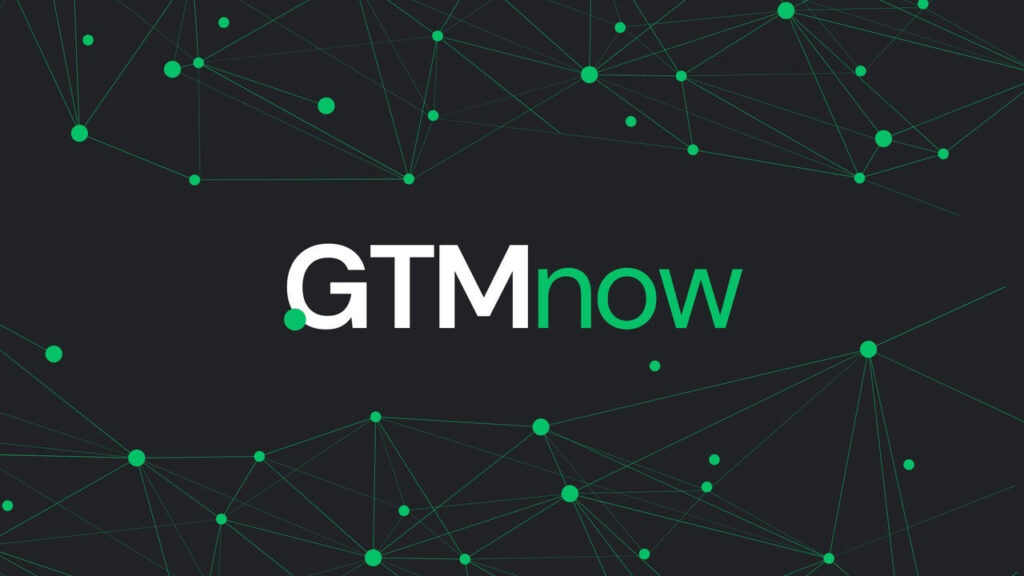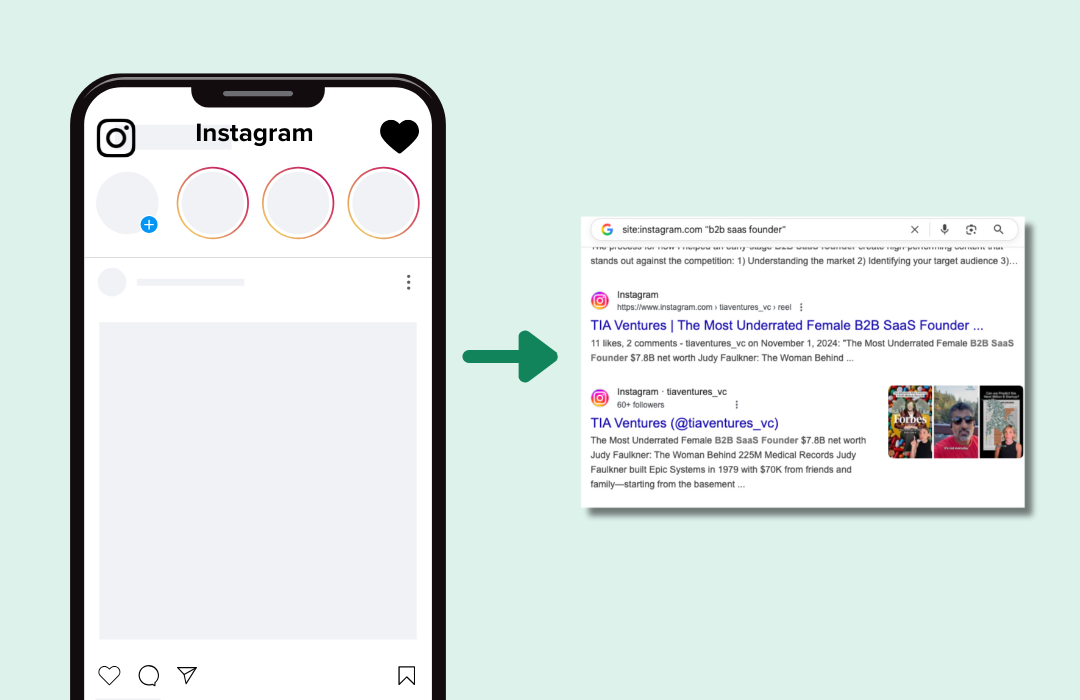While the link between retaining customers and profitability is pretty well understood, most companies still approach customer retention with piecemeal initiatives.
Why is it that companies have a sales process they follow rigorously to win business, yet avoid the same discipline in managing those customers throughout the lifecycle of their contracts?
Today we can start to change that.
It’s All About Value
When customers say:
“We are not getting the outcomes we expected”
“We had a better offer”
“You are too expensive”
What they really mean is, “We’re not getting the value we wanted.”
Too often contract cancellation (or non-renewal) comes as a surprise, but it never should.
For key accounts, the account manager should have a clear understanding of the client’s needs and how well their company is satisfying those needs. And yet, a Bain and Company survey a few years ago, stated that while 80% of CEOs believe they are providing customers with superior experiences, only 8% of their customers agreed.
Now those numbers are quite outdated at this point, but it highlights an important thing. The final arbiter of value received must be the customer.
It doesn’t matter if you think you’re delivering value, the customer has to agree.
That’s why closing this gap between what you hope the customer feels and their actual view about your product/service is at the heart of retention.
Understand How Your Customers Evaluate Suppliers
Most firms retention efforts focus on helping customers get the most from their product or solution.
And while this is, of course, an important step, this is just a piece of the puzzle. These initiatives fail to engage decision makers.
They fail to answer the questions senior managers ask, such as, “what business value have we received?” and “Is this the value we were promised?”
At some point, the customer will review your solution, whether of their own volition or after being prompted by one of your rivals. They will look at the value received and compare it with the value expected.
This is all good business practice and should be anticipated by selling organisations. But frequently, account teams are unaware of how customers manage suppliers.
Most organisations do not plan for the critical and predictable conversations that will happen down the road…
“Why should I renew this contract?”
“Why should I pay this price increase?”

Just like you map out how your prospect’s purchase, you need to understand and document how your typical customer manages suppliers.
This involves three major parts.
1. Identify key stages in the lifecycle of a contract
Work with the customer procurement team and also your sponsors in the business to document the different process stages, along with checkpoints, metrics, and evaluations the customer organization will use to manage the contract.
2. Plan your interactions with the customer at different stages so you can maximise customer value
With the contract lifecycle understood, you can now plan the interactions you want to have with the different people involved at each stage of the process.
Each customer will have a slightly different supplier management process, so you will need to adjust your company’s standard engagement process for retention to suit the individual account.
The key is to align the activities of the account team (account manager, customer success manager, clients services team, etc.) with what the customer is looking to achieve through the duration of the contract up to renewal.
3. Uncover and leverage revenue growth opportunities
The most powerful way to defend your position in an account is to continuously bring new ideas to the customer on how to solve their challenges or take advantage of opportunities, in business areas where you offer solutions.
If each year you build the value you deliver across the customer organization and penetrate new departments with solutions (that ideally are interlinked) it’s going to be harder and harder for the client to replace your products and services with those of a competitor.
Successfully demonstrating the value you add to your customer’s business is also key to addressing and outweighing any objections to your annual price increase. For many businesses, especially those operating a SaaS model, achieving the full price increase is vital to driving top-line growth.
Fundamentals to Successful Retention
There are many initiatives you can launch that will strengthen your retention numbers. However, there are 3 fundamental building blocks that will make a real difference:
1. Deliver what you have promised, and prove the value.
This is the starting point for any successful relationship. Keep your promises.
The trick is making sure your customer agrees.
You need to uncover the customer’s true opinion about your performance, through check-ins, interviews, and surveys.
2. Know how your customers manage their suppliers and how they are managing you.
‘Category Management’ has been a topic in purchasing departments since the 1980’s. So, it’s important to understand.
This involves creating a matrix that guides them in prioritising activities when engaging with suppliers.
They focus on the strategic, critical suppliers –- where the solution is high-cost or essential to their business goals.
Less effort is applied to suppliers whose products are relatively inexpensive, have multiple substitutes, or are not critical to the business.
If you are a supplier in the latter category, you can expect your conversations to be about on-time delivery and price.
If you are in the former, you can expect a different treatment –- conversations about the future, innovation, access to the C-level, joint planning meetings, etc.
Just as a sales process aligns with the buying cycle, so too do you need a retention process that helps account teams manage these conversations to best support your solutions and identify changes in a customer’s needs.
You cannot leave this to chance or the inspiration of individual account managers. It has to be deliberate, disciplined, and managed.
3. Agree and execute a regular and effective operating rhythm with the client.
Armed with an understanding of how the client views your performance and what your importance is as a supplier, you need to assess your options.
Relationships are key to success in account management, but we also know (from The Challenger Sale) that customers welcome sales teams who challenge their thinking and bring new ideas.
This does not change after the contract signature. Account teams need to continue to add value in the same way.
Be willing to point out where customers might be going wrong, and bring fresh insights on how to reduce risk and grow their business.
It may feel counter-intuitive, but there is a very close correlation between retaining business and account teams that continue to challenge and bring new ideas to existing customers.
A part of this is ensuring you have good communication with your client. Make sure the right people — on both sides — are at regular, planned customer meetings, with the right intent and agenda to build a successful and mutually beneficial long-term relationship.
With a committed and disciplined approach, a more effective engagement strategy can be implemented.
The Key Conversations
Once the fundamentals are established, you can leverage your position to improve your deal.
Aside from the renewal conversation itself, there are typically 3 important conversation topics that each account team needs to manage effectively.
You should highlight how to handle each of these in your playbook.
Technological Change and Innovation.
With rapid technological change and innovation, plus unexpected external events, every supplier is vulnerable to replacement or elimination.
To protect against this as much as possible, account teams need to engage with (and understand) the people who make buying decisions.
Over the course of a contract lifecycle, there will be changes within the client organisation. Individuals will move on, the business activity you support may be passed to a different department, or project teams may be merged.
Keeping aware of —- and aligned with — the decision-makers is critical to contract renewal.
Again, this comes down to developing a relationship with the decision-makers early and scheduling regular meetings and check-ins with them.
Price Increase.
For many businesses with the SaaS model, the annual price increase is an important source of revenue growth –- often it is the most important source. So, this conversation needs careful management and planning to maximise the positive impact on revenue while retaining goodwill with clients.
Frequently, the price increase conversation is regarded with dread by account teams. Because they have not ensured their customer knows about the full value being created by their products.
If you can help your customers to see the value you bring, this conversation doesn’t have to be something you dread.
This is a process that requires extensive information and insight on exactly how your product is helping them.
You should start by getting your hands on customer-usage data for your products and services. For software and content products, the platforms you provide should automatically gather detailed information on what each user of the solution accesses and uses.
Next, you get your customer success managers to get quotes from leading users on how your solutions help them do their jobs, save time, reduce the risk of errors, etc. You should also talk to managers and executives and get them to go on record about the value your solution delivers to their part of the business.
Then, when the price increase conversation comes around, you are equipped to highlight the benefits your company delivers and make sure decision-makers understand what would change if your products and services were no longer available to the organization.
Up-Sell, Cross-Sell.
Identifying additional opportunities across the customer organisation is critical to revenue growth for most vendors. But it’s also a great way to retain customers by providing extra value to them.
Having a formal Account Plan is, of course, critical to success in any up-sell, cross-sell program, but that is a large topic all to itself that I’ll have to cover in another article.
For now, suffice to say that you need to introduce a structured approach to conversations with clients. Find your ideal targets for up-sells and cross-sells (you can do this the same way you would create any ICP), and create new messaging using a conscious, disciplined attitude specifically to push people towards your other offerings and products.
It’s Time to Build Your Retention Playbook
A structured approach to retention has many of the same characteristics as a sales playbook. Retention playbooks should include insights, information on target personas, and product/proposition knowledge.
Every organization’s retention playbook will look a bit different. But every playbook has one thing in common –- it’s all based on value.
Focus on providing value to your customer after the sale, create a system for talking with your clients about the actual value you’re bringing, and prepare for the difficult conversations that you know are coming.
Everyone has Sales Playbooks. It’s time to start creating Retention Playbooks.







